Solar System Answers
Saw “Solar System Questions” by xkcd? Here’s what science thinks it knows.
“Put two ships in the open sea, without wind or tide, and, at last, they will come together. Throw two planets into space, and they will fall one on the other. Place two enemies in the midst of a crowd, and they will inevitably meet; it is a fatality, a question of time; that is all.” –Jules Verne
This past Monday, xkcd posted a great set of questions about the Solar System, along with a few (brief) answers:
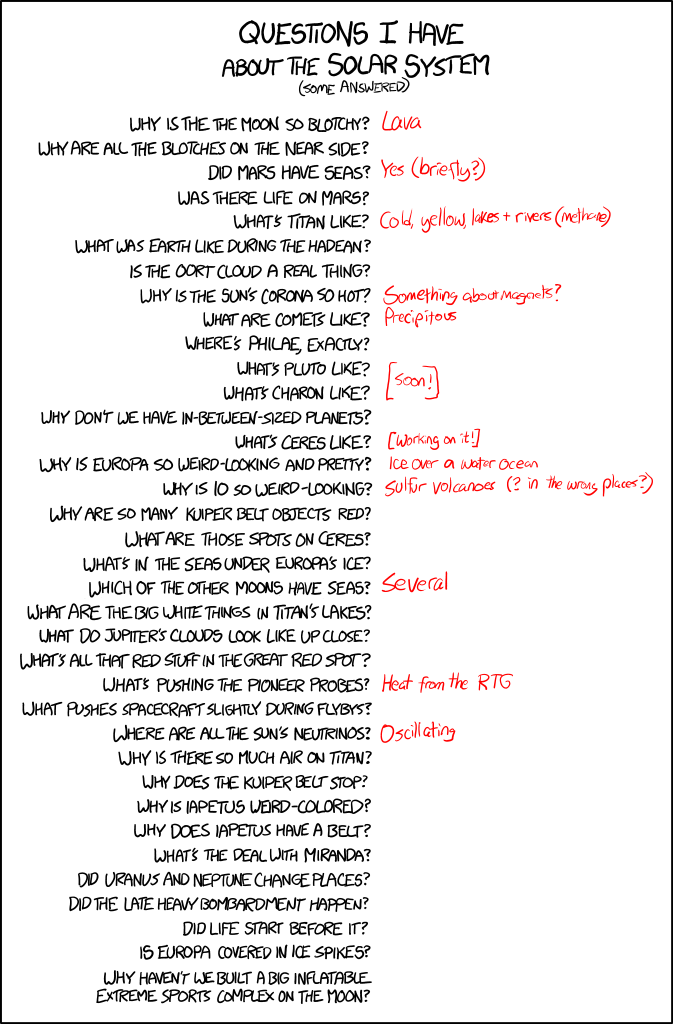
The scary (and amazing) thing? We actually know way more answers than Randall (who writes xkcd) realizes. Even beyond that, the ones we don’t know for sure, we have some outstanding inclinations — or leading hypotheses — about. Let’s take a look through them all!
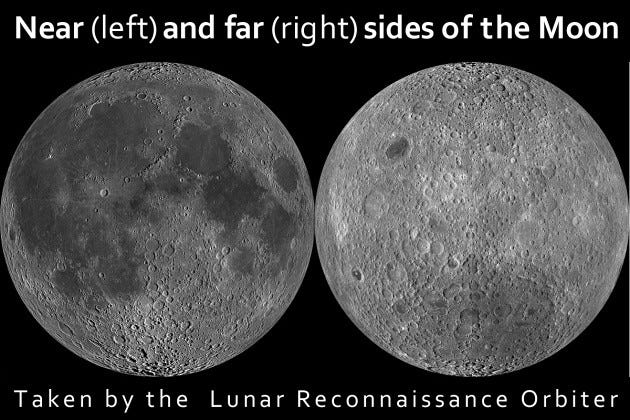
Why is the Moon so blotchy?
It is lava! Specifically, the dark spots — or maria — are made up of a different type of material than the lunar highlands, consistent with lava flows having filled in these lowlands.

Why are all the blotches on the near side?
Well, almost all the blotches are facing us, as you can see above. But after 55 years of mystery, we believe we know why: when the Moon formed from a giant impact of a large mass with proto-Earth, it became tidally locked, quickly and closely, to a very hot Earth. This one-sided heating would have been sufficient to cause a much thinner crust to form on the near side, meaning that lava flows would preferentially break through the Moon’s surface and fill those basins on the near side and not the far side.
That’s the leading theory, and it’s only a year old, but it’s an incredibly compelling one.
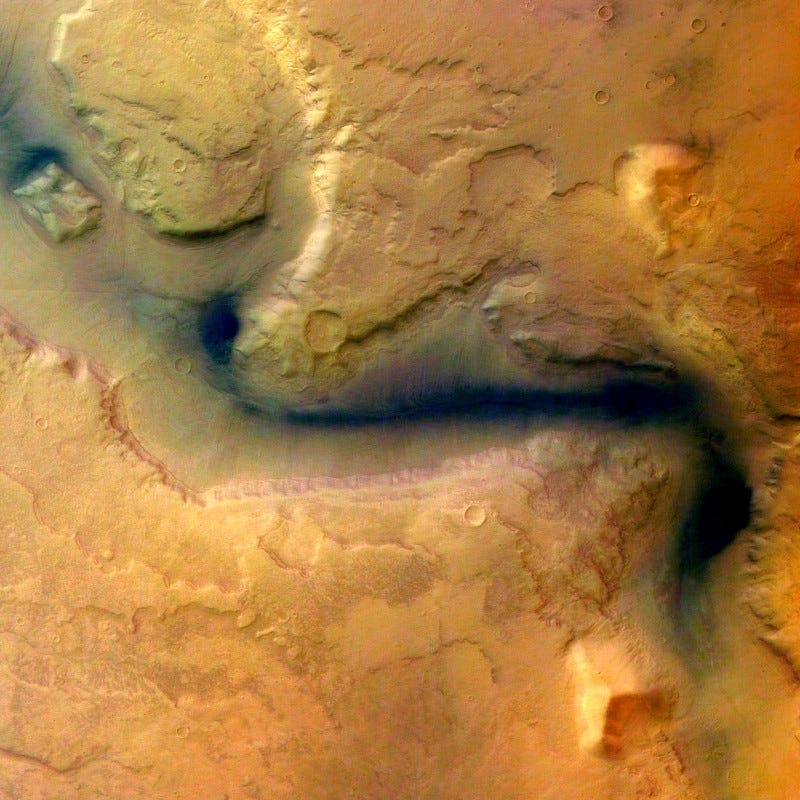
Did Mars have seas?
Oh yes, most definitely. Seas, rivers, and oceans. The geological evidence is overwhelming, including riverbeds with oxbow bends, “staircase” features along dried-up banks, and plenty of frozen and gaseous water still found on the surface. Mars was once wet, possibly continuously for over a billion years in the early Solar System.
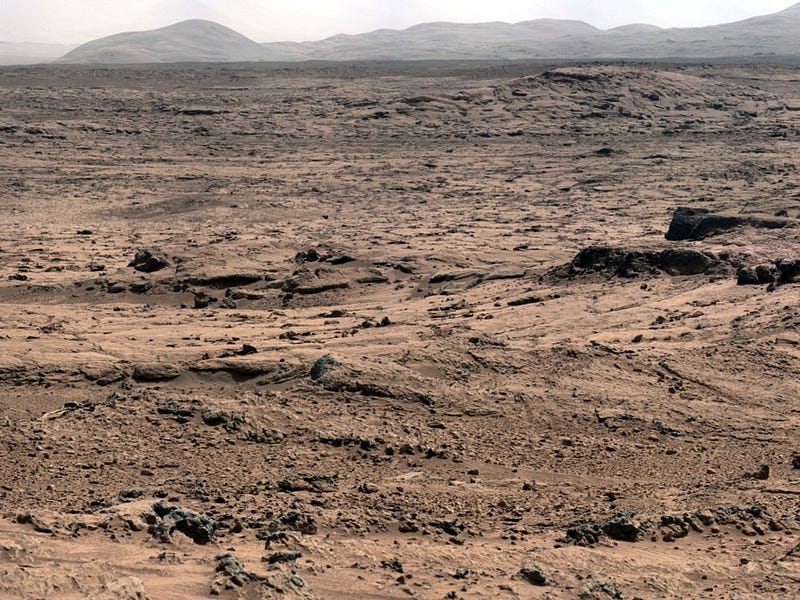
Was there life on Mars?
Fair enough to say we don’t know. We truly don’t. But there are some amazing facts:
- The ingredients that it takes to make life on Earth were all present on early Mars.
- The conditions that life on Earth exists and thrives under were present on early Mars, for around a billion years.
- Life on Earth formed — at latest — 700 million years into the early Solar System, at a time when Mars still had Earth-like conditions.
So we have every reason to suspect that Mars once had life, and have the tantalizing possibility (one which I’m poised to lose a lot of money on a bet) that it even has sub-surface life today.
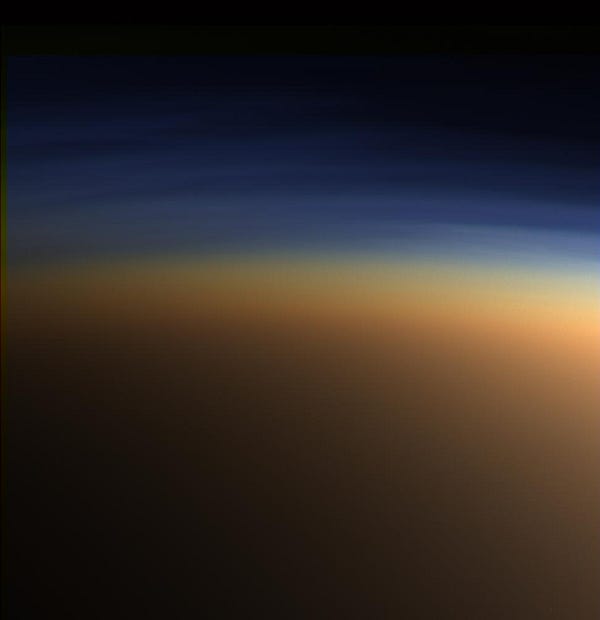


What’s Titan like?
Huge methane atmosphere (yellow), with ionized-by-UV and recombined-into-other-molecules haze (blue) atop, a solid surface world with rock & water ice on its surface, with liquid methane lakes and waterfalls on the surface. It’s an amazing place.
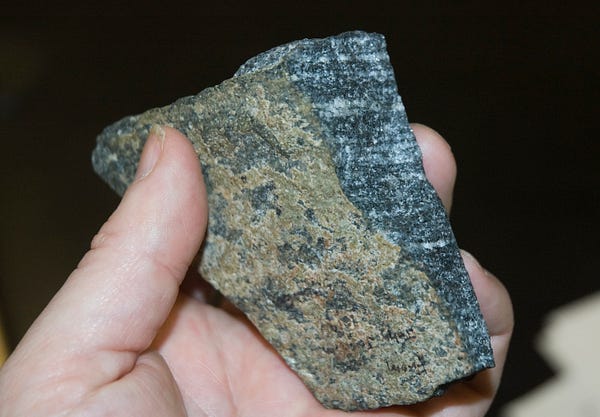
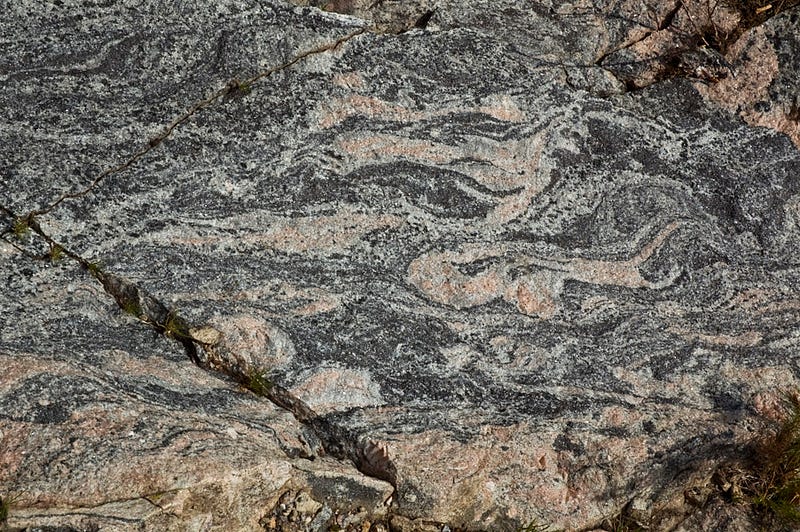
What was Earth like during the Hadean?
The Hadean is the earliest period in the young Solar System: from its birth dating forward. We know that the atmosphere was very different, saturated with hydrogen, methane, ammonia and water vapor composing the vast majority, without the carbon dioxide or oxygen we associate with life.
It was likely relatively colder (as the Sun was cooler), it was rotating faster (as the Moon hadn’t slowed its rotation down), but what the surface was like is still a mystery. The closest we can come is through the oldest rocks on Earth, found in Canada (upper left) and Minnesota, all dating back to the first billion years of Earth. Surprisingly, we’re still learning more about it!

Is the Oort cloud a real thing?
Almost definitely. Otherwise, how would we explain where all the long-period comets come from? There are simply too many of them with similar periods — and simulations all indicate the formation of an Oort cloud — that its non-existence would be a shock at this point.
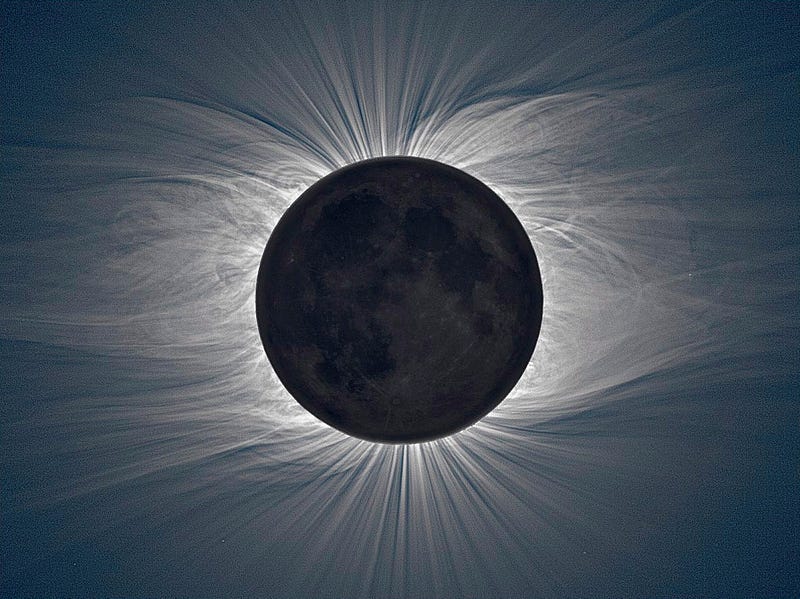
Why is the Sun’s corona so hot?
Because what we call “temperature” is an idiotic quantity for a very rarefied gas. What we should be measuring — if we cared about something interesting — is the heat quantity (or kinetic energy) of that gas-or-plasma. Instead, we insist on using our pathetic definition of temperature, oblivious to the fact that as we move to higher and higher altitudes on Earth, where the air becomes thinner and less energetic, the temperature skyrockets as well.
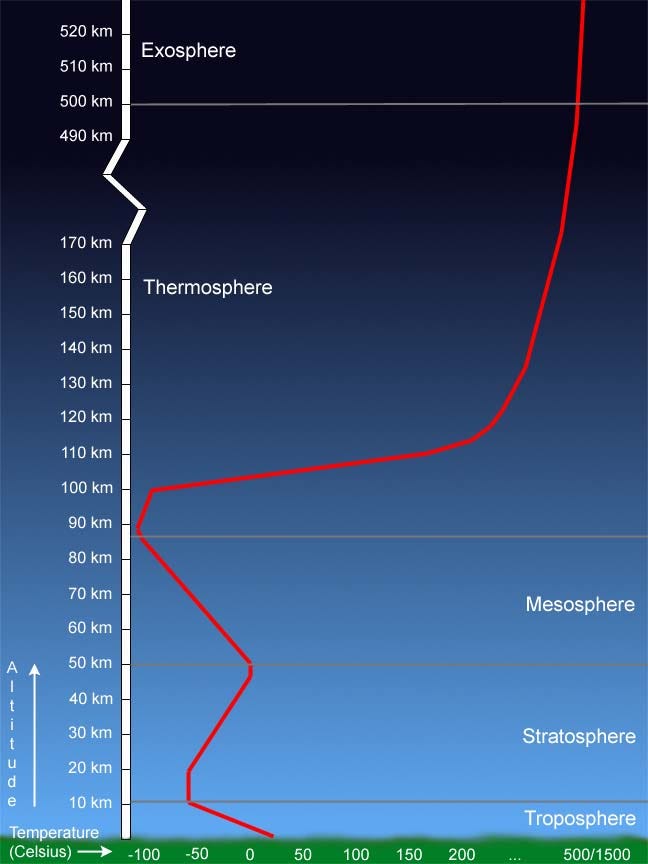
Why? Because temperature is a dumb thing to measure. So yes, the Sun’s corona is super, super hot in terms of temperature. But it also contains way less heat than the Sun’s photosphere. I honestly cannot fathom why people are baffled by this. Measure heat, not temperature, and everything is fine.
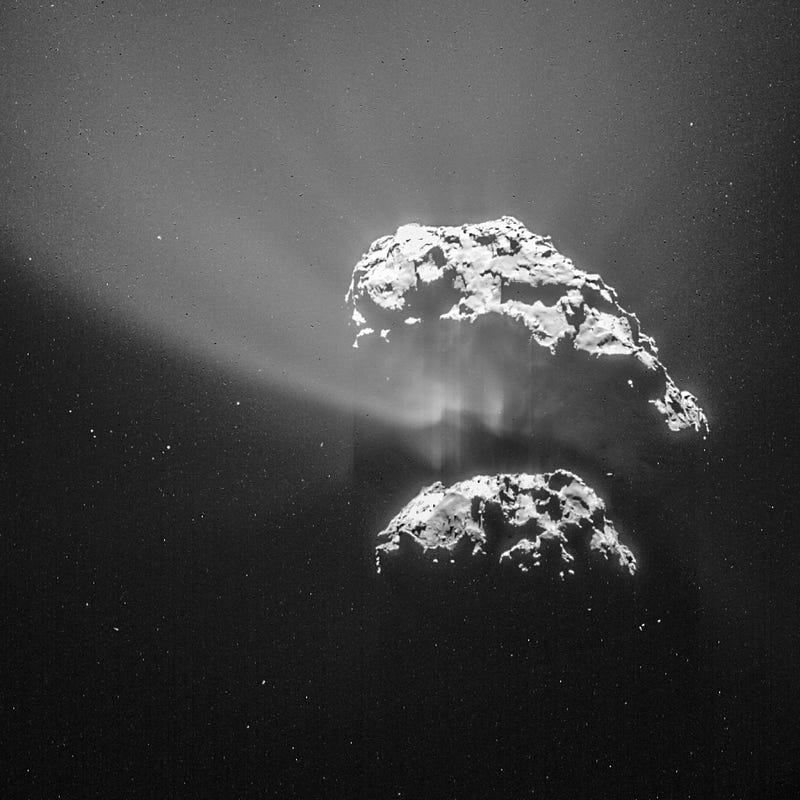
What are comets like?
Mostly ice and rock, vaporizing quickly, accelerating as they near the Sun and developing two tails: one made of dust and one made of ions. They come alive, and they’re (very briefly) awesome.
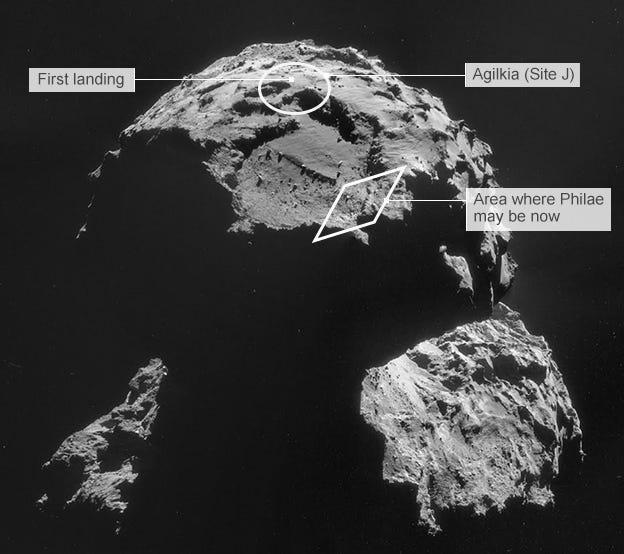
Where’s Philae, exactly?
We’ve narrowed it down into the diamond region, above. That’s pretty good!
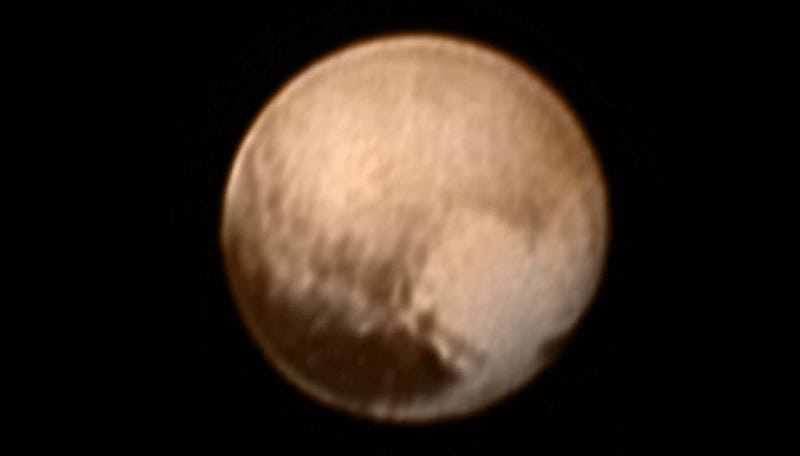
What’s Pluto like?
Thin atmosphere, at least five Moons, rusty orange in color, with light and dark spots on it. The biggest light spot may be in the shape of a “heart.” More to come!
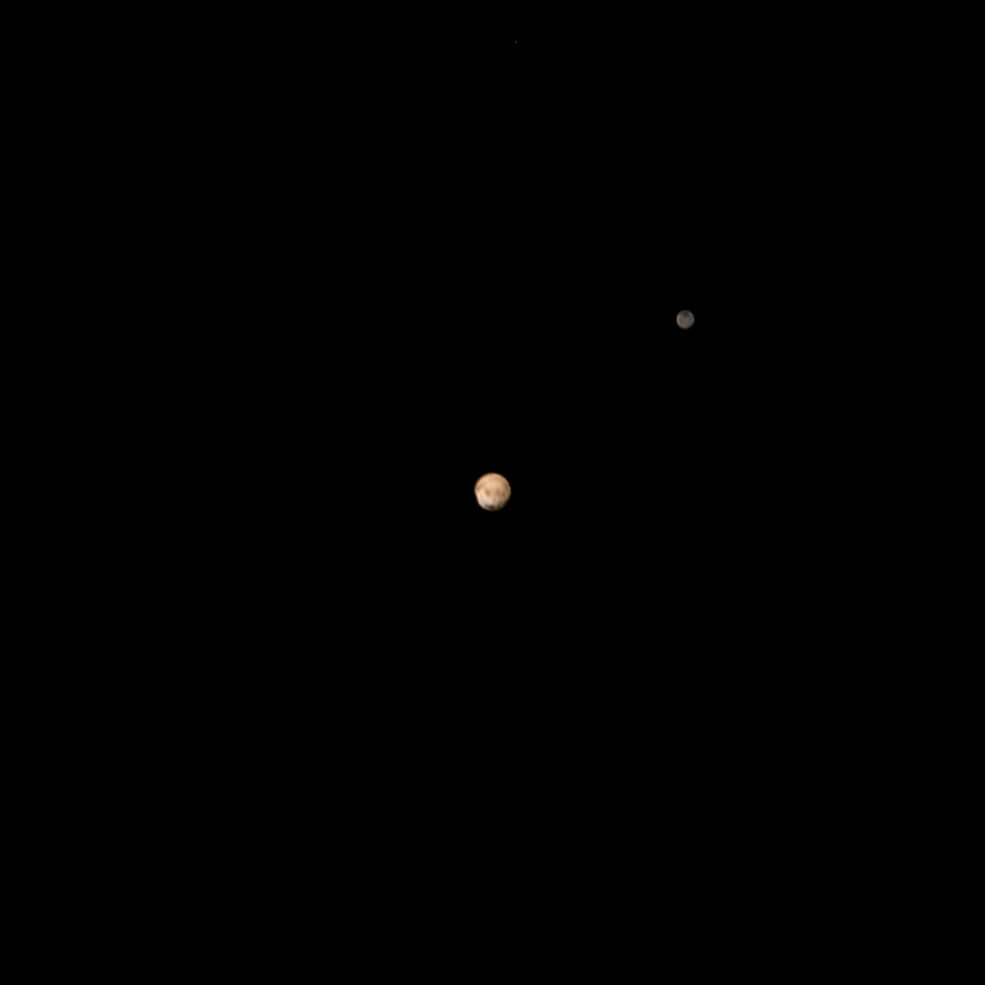
What’s Charon like?
Charon is the little guy. Darker, tidally locked to Pluto, also with light-and-dark spots, about 1/6th the size of Pluto, and with more to come.
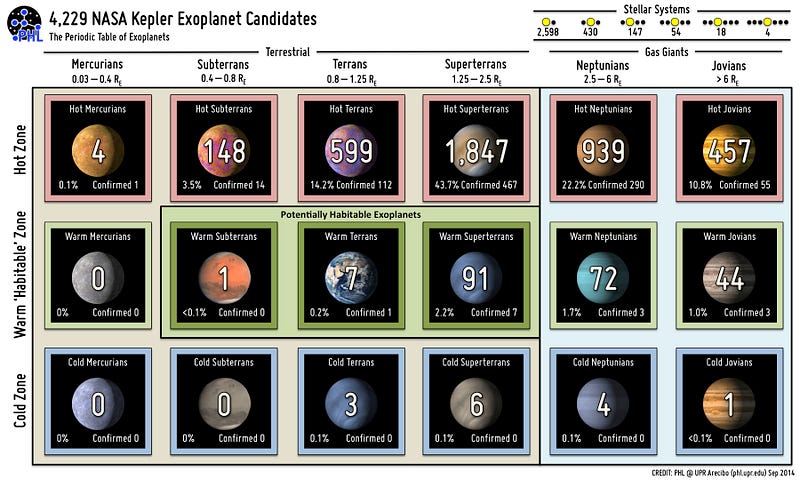
Why don’t we have in-between-sized planets?
Luck of the draw. Remember what Claire Huxtable said to Rudy when she was worried about her (not) changing body? “You get what you get when you get ‘em.” So it goes for our Solar System as well.
What’s Ceres like?
It’s like a big, airless rock. Round, cratered, with mountains and strange white spots, among other features. More details forthcoming from NASA’s Dawn!
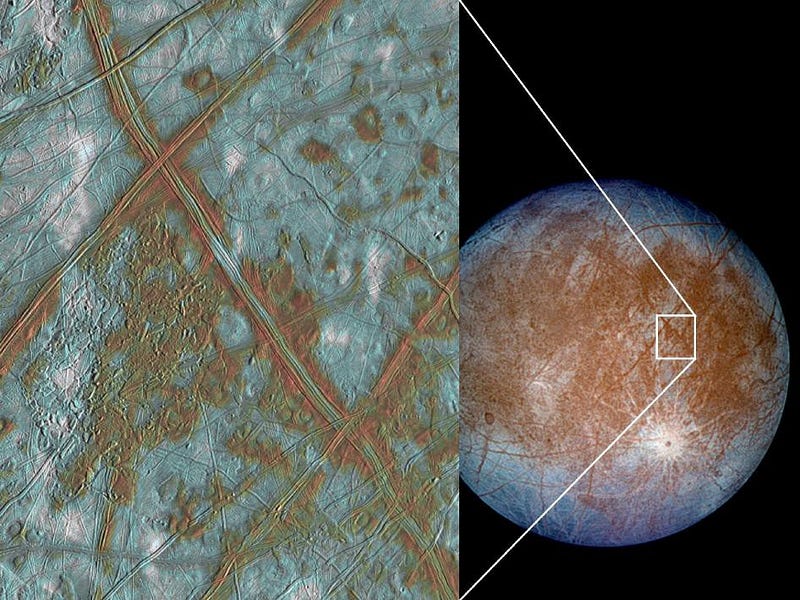
Why is Europa so weird-looking and pretty?
Like a number of the large outer Moons of the Solar System, Europa has so much water on it that beneath the thick layers of surface ice, under all that pressure, there are liquid oceans of water. Europa’s icy surface exhibits motion relative to the core beneath and even shows analogous plate tectonics to what we find on Earth, which explains the fissures, cracks, small craters and stryations that we see.
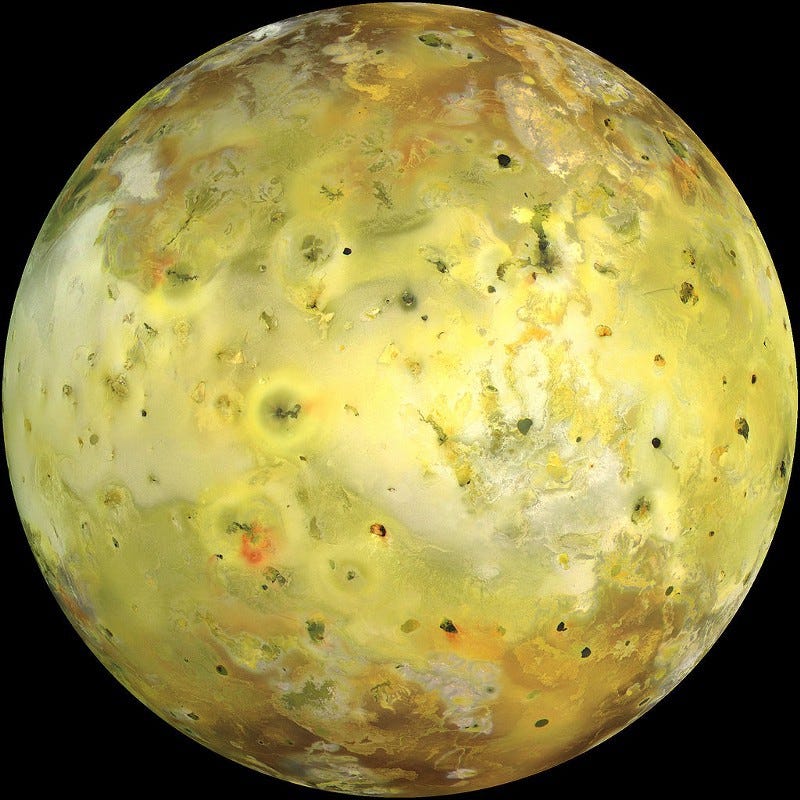
Why is Io so weird looking?
Because the tidal forces from Jupiter are so strong that the planet itself is torn apart regularly. Sub-surface rock is turned into magma, which erupts at multiple points on the surface almost continuously, resurfacing the world so frequently that we see zero craters on Io at any given point. Basically, Jupiter acts like a cosmic zamboni on Io, giving it the face of an androgen-laden teenager.
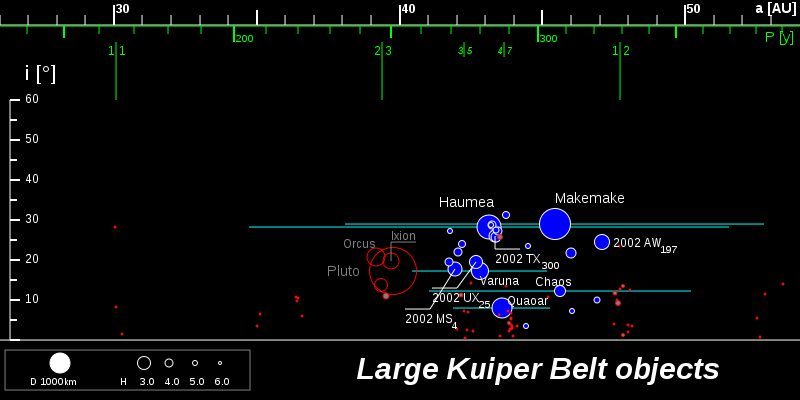
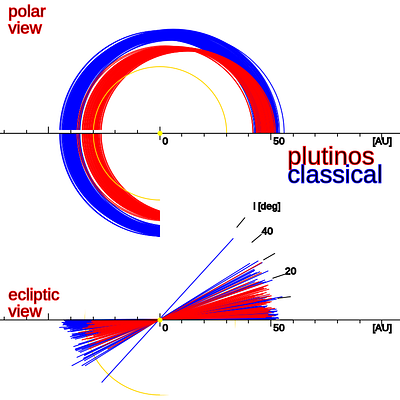
Why are so many Kuiper Belt Objects red?
There are two populations of classical Kuiper Belt Objects (KBOs): the “cold” ones which are circular, low in inclination, do not interact with Neptune and the vast majority of KBOs, and the “hot” ones which are all others, including Pluto. The “cold” ones are redder in color and the “hot” ones are bluer. They are not truly red or blue but merely redder or bluer than one another, suggested that they have different formation histories and are made of different materials. But that’s as far as our knowledge goes today.

What are those spots on Ceres?
There are currently three leading ideas:
- This is, in fact, water-ice. Frozen water at the bottom of this crater, quite surprisingly, remains stable, even in direct sunlight, even near the equator. This rocky, giant asteroid can stably hold onto this ice, even over billions of years.
- This is some other form of ice: perhaps frozen carbon dioxide (dry ice), which has a higher molecular weight than water does. In some ways, this would be even more surprising, since even though it’s more difficult for it to reach escape velocity, dry ice sublimates at a much lower temperature than water does.
- This is some solid, rock-like feature that simply has a different reflectivity (or albedo) than the rest of the asteroid. This could be intrinsic to Ceres (its version of bedrock), it could have been forced out of its interior (due to volcanism), it could be a salt that was left over after a revealed sub-surface basin of ice evaporated away, or, quite possibly, it could have been from material brought to Ceres by an impact.
Dawn should answer this definitively sometime during this year, which is pretty awesome. (More details here.)
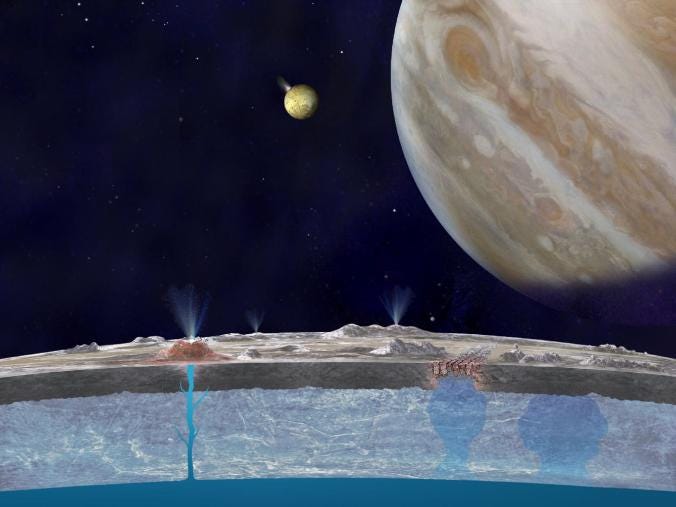
What’s in the seas under Europa’s ice?
We won’t know until we look, but there’s an awful lot of water to look through! Our best bet is the awesome version of a mission: to land a submersible vehicle on the surface, tunnel down through the ice, and navigate through the ocean.
Our most likely mission is a pathetic consolation prize: an orbiter. Want the good mission? It’ll take a lot of political will… but I’m in your corner here. I want the one that gets up close… and hopefully eaten by the Europa-version of a giant squid.
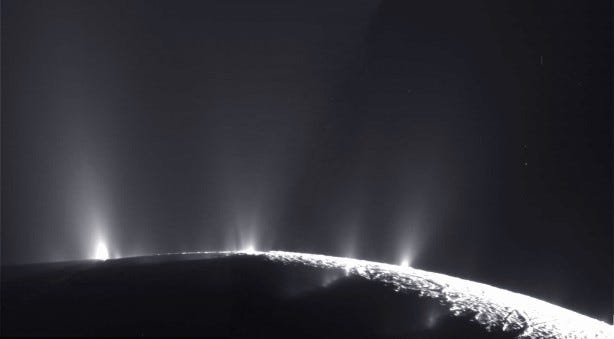
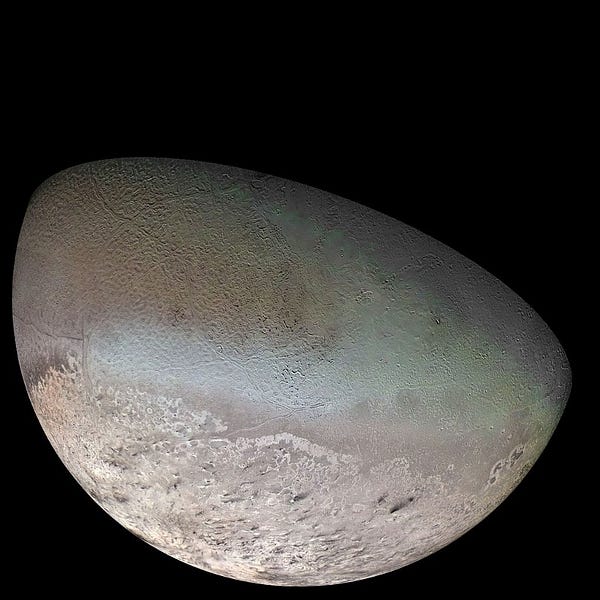
Which of the other Moons have seas?
Definitely Enceladus, probably Triton, possibly dozens of others and hundreds of Kuiper Belt / Oort Cloud objects. Basically, if you get solid ice that’s thick enough, because of water’s properties under pressure, you’ll have liquid beneath it. So which of the other Moons have seas? Any moon with enough ice and gravity.

What are the big white things in Titan’s lakes?
So Titan’s lakes are mostly hydrocarbons: methane and ethane. We notice that these white spots in them appear to change with the seasons. Why? The leading suspicion is that they are either changes in the “water level” of the hydrocarbon lakes themselves, causing features to be revealed or submerged, or that these are floating-and-sinking iceberg features, where of course “water” and “ice” refers to methane, not H2O.
The first explanation is dubious, since the shoreline doesn’t appear to change much. So in addition to the ice features, they could be bubbles, surface waves, or other floating (or barely sub-surface) solids. We’d love to know more; this one really is still a mystery.

What do Jupiter’s clouds look like up close?
That’s the closest we ever got: in 1979 thanks to Voyager 1. We’ve built 3D models of them, we’ve imaged them from afar over time, and we’ve reconstructed movies of their motion.
But there’s so much more to learn, and I hope we put in the necessary resources to do exactly that.
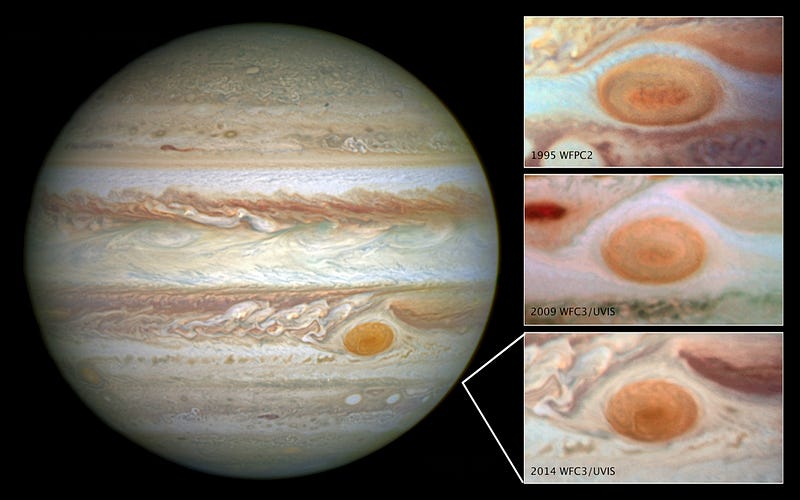
What’s all that red stuff in the Great Red Spot?
The Great Red Spot is different from its surrounding environs. It’s colder, it’s higher in altitude (by about 8 km), it orbits anticyclonically, its latitude is constant but its longitude steadily changes, and the central spot of the Great Red Spot is the reddest of all. But it varies! Sometimes it’s brick red, sometimes it’s a pale pink, sometimes it’s even white. While we’re unsure what exactly makes it “red” in color, it’s likely to be either:
- an organic compound,
- red phosphorous, or
- a reddish sulphur compound.
A spectroscopic mission to Jupiter should be able to solve this puzzle easily, but something like Hubble, not so much.

What’s pushing the Pioneer probes?
Two probes launched decades ago towards the outer Solar System — Pioneer 10 and Pioneer 11 — both exhibited a strange “extra acceleration” beyond what you’d expect from the normal laws of gravitation. People proposed all sorts of things, some mundane (like heating), some spectacular (like new laws of gravity), but the smart money was always on some unaccounted-for conventional effect. In 2012, it was shown that the onboard nuclear radioactive thermal generator was responsible for the effect, and that’s that!
What pushes spacecraft slightly during flybys?
This is an unknown. Some spacecraft see this effect, others don’t. The observed effects are as large as 13 mm/s, as small as < 1 mm/s, or consistent with zero. Galileo (1990), NEAR (1998), and Rosetta (2005) all saw an effect, while Cassini (1999), Messenger (2005), and subsequent flybys of Galileo (1992) and Rosetta (2007 and 2009) didn’t see any effect at all. It could be something due to Earth’s atmosphere, to the orientation of flyby and the Earth’s varying gravitational field, or it could be an artifact of bad data; the effect could simply not be real.
We don’t know.
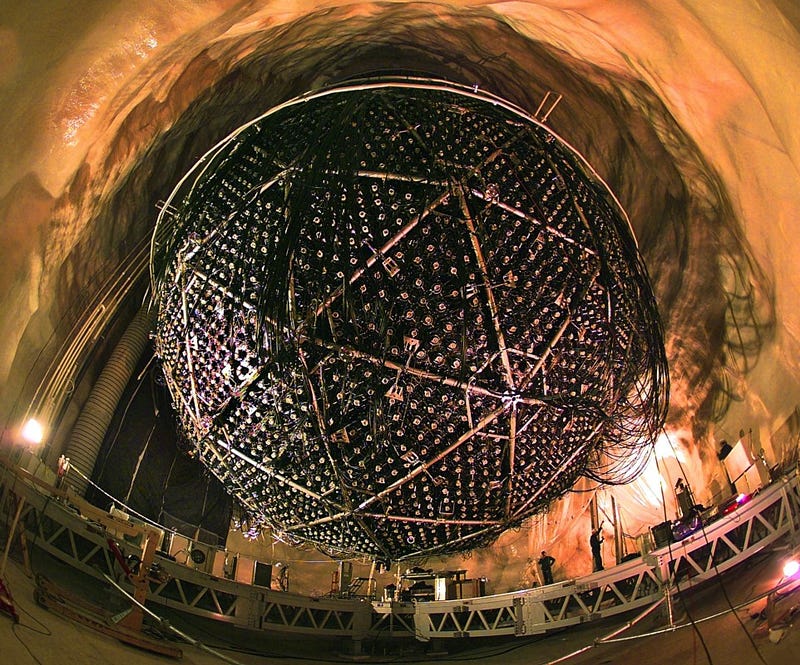
Where are all the Sun’s neutrinos?
They do oscillate! There are three different types of neutrino: electron, muon and tau, just like there are those same three different types of charged lepton. But these three particles — the electron neutrino, muon neutrino and tau neutrino — all have the same quantum numbers and almost identical masses, and hence they mix. This means that when you create an electron neutrino (the type we make in the Sun) and they interact with anything, including the rest of the Sun, the Earth or the atmosphere, they can transform into one of the other types.
After decades of noticing that the model of the Sun and the observations of electron neutrinos didn’t add up, we finally found where the missing neutrinos were: oscillating into the other types. 1/3 of the neutrinos arriving on Earth from the Sun were electron neutrinos, while the other 2/3 were muon and tau neutrinos. This puzzle is solved.
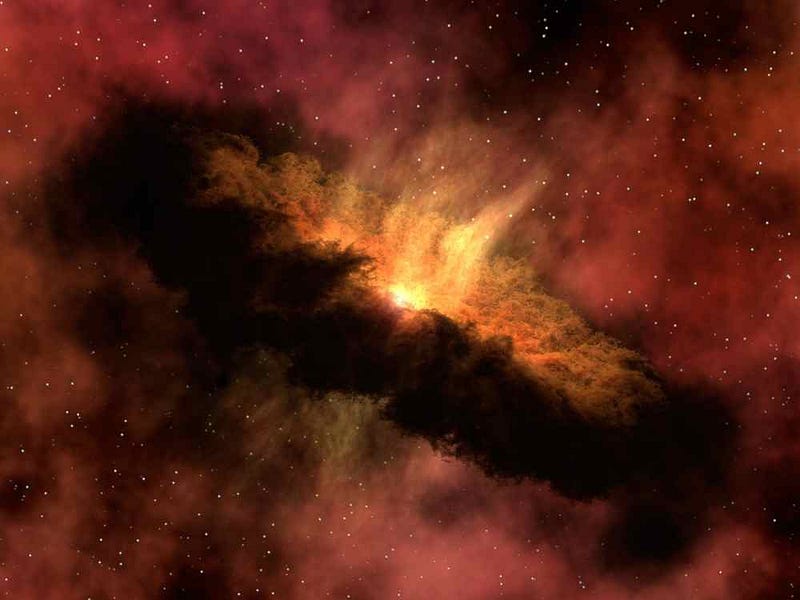
Why is there so much air on Titan?
Don’t blame Titan, Saturn, or even the dynamics of the early Solar System. Instead, blame the Oort cloud! Last year, a joint team of NASA and ESA scientists analyzed the ratio of nitrogen isotopes in Titan’s atmosphere — and Titan’s atmosphere is 98.4% nitrogen — and found that it’s consistent with the nitrogen content in Oort cloud comets and not other sources. This could not only teach us why Titan has so much nitrogen, it could explain the origin of the Earth’s nitrogen as well. This is a fun one and one worth watching, because while we know some things about it, we may be poised to learn an awful lot more about the atmospheres on rocky worlds in our Solar System.
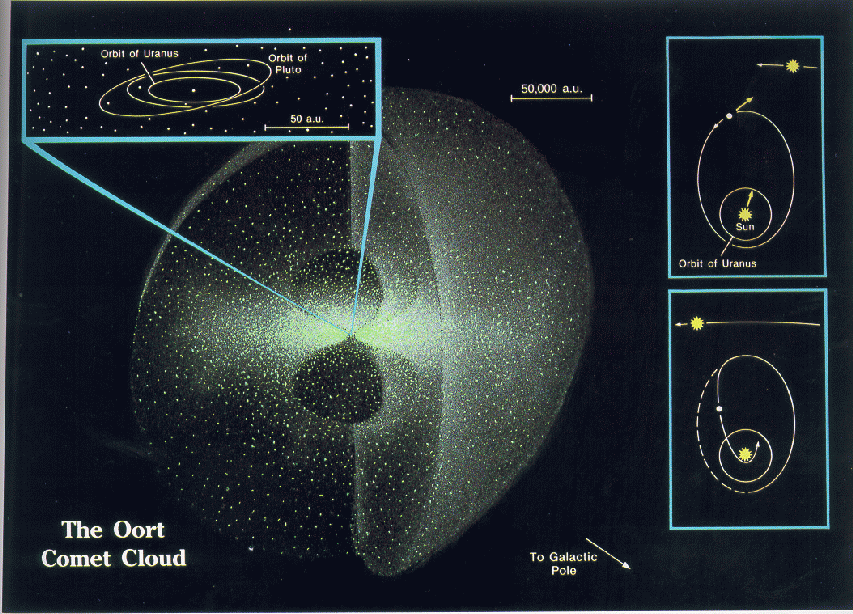
Why does the Kuiper Belt stop?
On the inside? Because of Neptune. On the outside? Because it becomes more loosely gravitationally bound, and there’s a gentle fading-out of the Kuiper belt into the Oort cloud. Repeated interactions with other stars in our galaxy have thinned out both the belt and the cloud significantly since its formation, and what we see today — 4.5 billion years on — is what’s left. At least, that’s the leading theory.

Why is Iapetus weird-colored?
Because dark material from the counter-rotating captured asteroid, Phoebe, lands on one side of Iapetus, changing its albedo, sublimating the ice that lands there and only allows it to settle on the other side of the planet. So Iapetus winds up two-toned, with a dark and a light side. More details here.
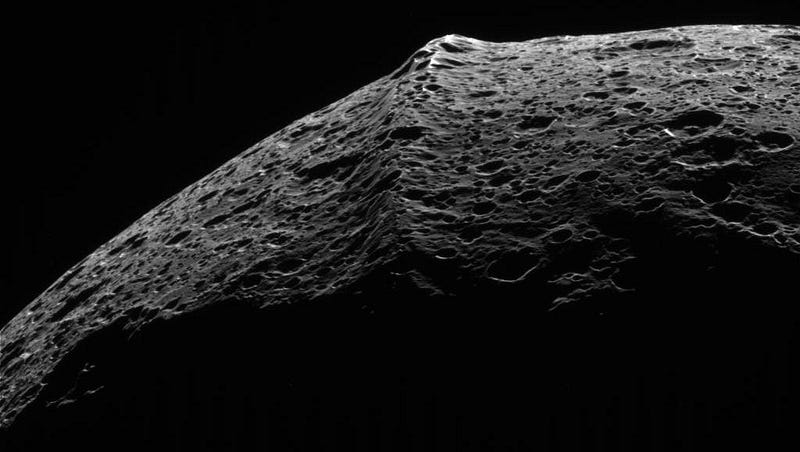
Why does Iapetus have a belt?
That one’s less well known. Iapetus also has a giant ridge along its equator: some 10 kilometers higher than the rest of the rocky, icy world. It isn’t rotating quickly enough to explain this, and the surface of Iapetus appears to be many billions of years old, so it likely isn’t recently coalesced debris, either. While many ideas abound concerning what causes this ridge, no one theory is the clear front-runner.

What’s the deal with Miranda?
It’s the innermost moon of Uranus, it’s one of the smallest round moons in the Solar System, and it was only discovered in 1948 despite being some 470 km in diameter. As you can see, it’s geologically amazing, and so we have a ton to learn about why it is this way.
But as far as we can tell, it’s just a normal moon of its size in close orbit around its parent planet, possibly having lost a significant atmosphere over time.

Did Uranus and Neptune change places?
Maybe, but probably not, since orbit crossings of such large worlds would most likely result in either a merger or an ejection. The model this question refers to originated here and is known as “the Nice model,” although most simulations of it now do not have the two worlds switching places. Yes, the giant worlds may have started further in and migrated out; that much seems to reproduce a lot of what we see. The world switching, though? It’s possible, but it’s really unlikely.

Did the late heavy bombardment happen?
A good open question, as this one has compelling pieces of evidence on both sides of the argument.
Pros:
- Heavy cratering in the inner and outer solar system around ~4 Gya ago.
- Consistent with moon rock samples brought back from Apollo.
- Meteorite ages are consistent with an influx of material ~4 Gya ago.
- Crater size distributions on Mercury and the Moon show the same origin for craters and the time period of their origin: ~4 Gya ago.
Cons:
- The lunar rocks may all come from the same basin: the youngest one, biasing the data.
- Huge (unobserved) cratering on Earth would’ve occurred, which ought not to have been molten at the time. (E.g., some Hadean rocks survive.)
- There is a large sterilization risk to Earth if this bombardment occurred.
But this is consistent with the Nice model, and it may or may not have happened. This is the best kind of fight in science: one that will be settled by more and better data.

Did life start before it?
There is no reason that life couldn’t have started elsewhere in the Universe, including in interstellar space, before it began on Earth. We observe hugely complex molecules — organic molecules — in interstellar gas clouds, so why not primitive life? Unfortunately, we know so little about the origin of life that it’s not reasonable to attempt to answer this.
Yet.

Is Europa covered in ice spikes?
Given that Earth’s ocean/ice interfaces are covered in ice spikes (or brinicles), and that Europa has an ocean/ice interface that’s huge, I’m just going to say “yes” here. Physics is the same everywhere in the Universe as far as we can tell, and the conditions are close enough that the phenomenon should play out the same. There’s no reason this shouldn’t be the case.
And finally…
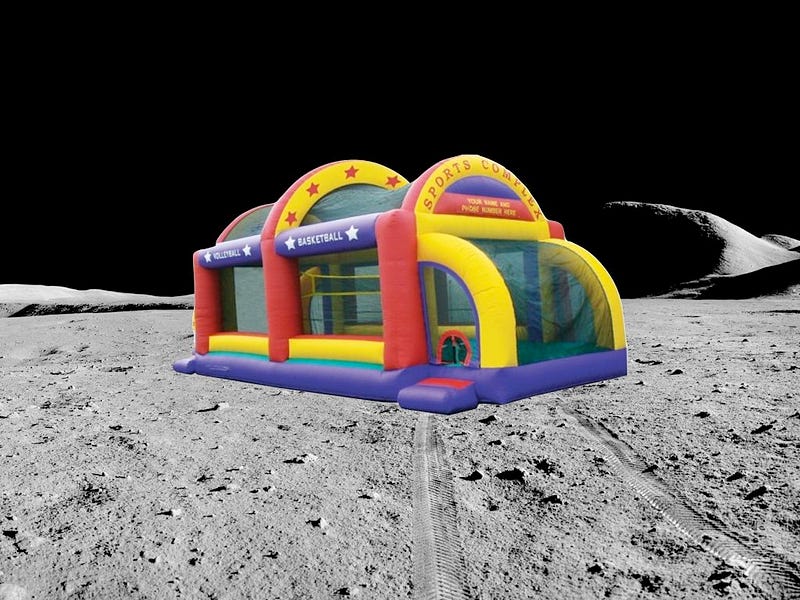
Why haven’t we built a big inflatable extreme sports complex on the Moon?
Because everyone’s afraid of Mike Tyson.

Also, because everyone else is afraid of Rammstein.
https://www.youtube.com/watch?v=4NAM3rIBG5k
Also, you don’t want to ever “inflate” anything against the vacuum of space, because there will be a pressure imbalance, followed by an explosion.
And at last, because — like all the other “unknowns” we want to answer — things cost money and we don’t spend enough money on awesome things. But as for this one and all the others: I’m in. Let’s go as far as we can in our quest to learn as much as we can, and find out where we wind up!
Leave your comments at our forum, and support Starts With A Bang on Patreon!





